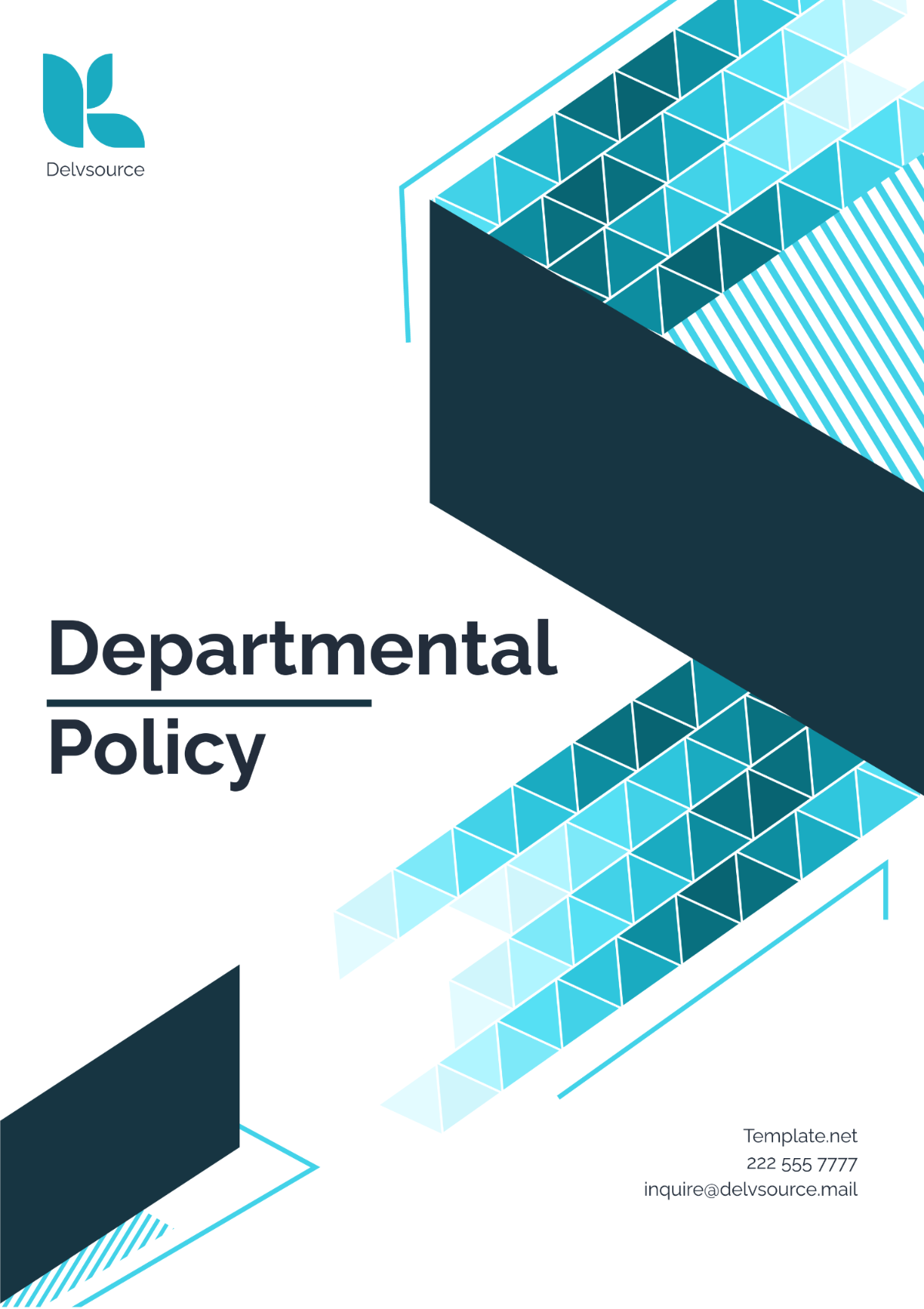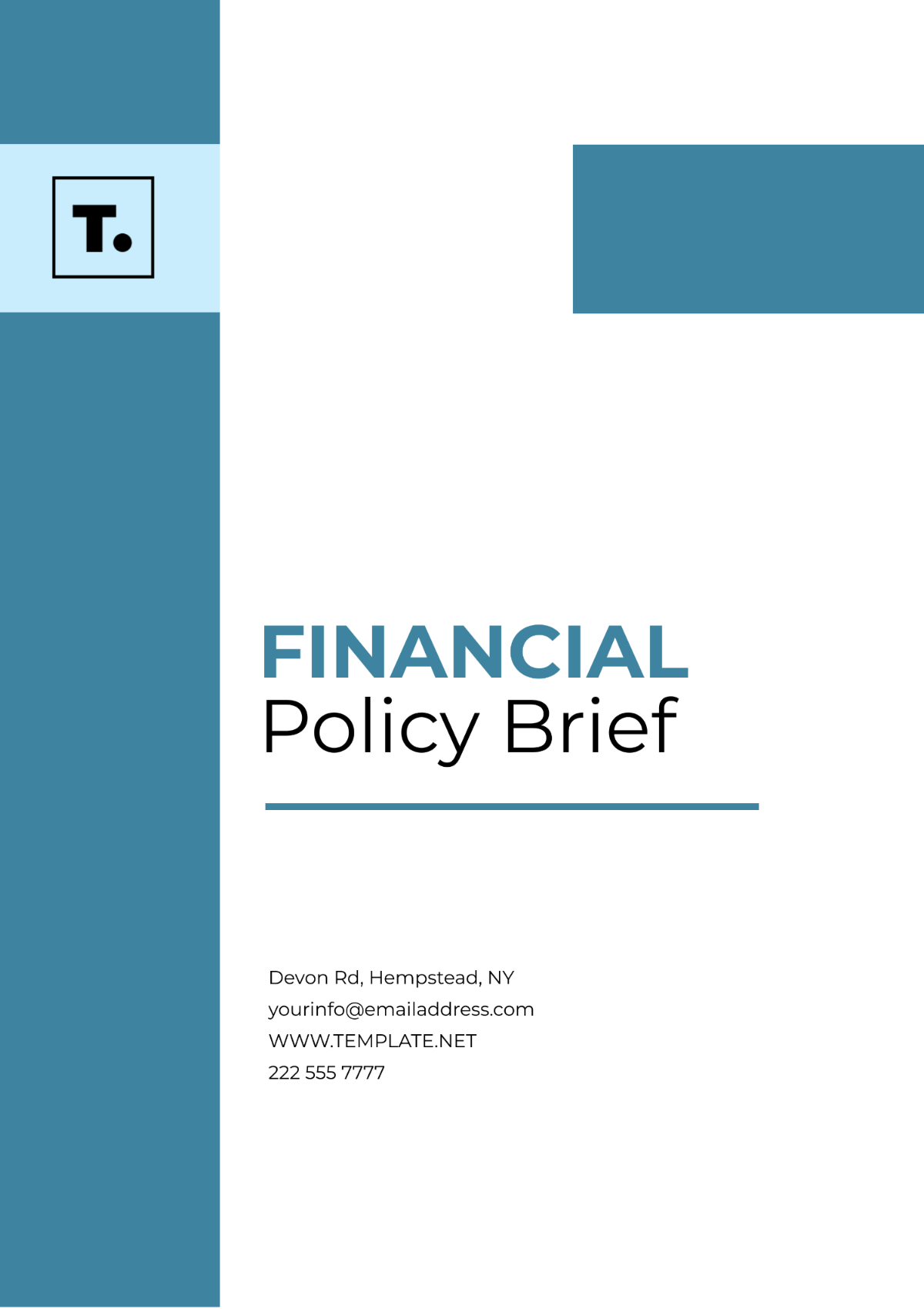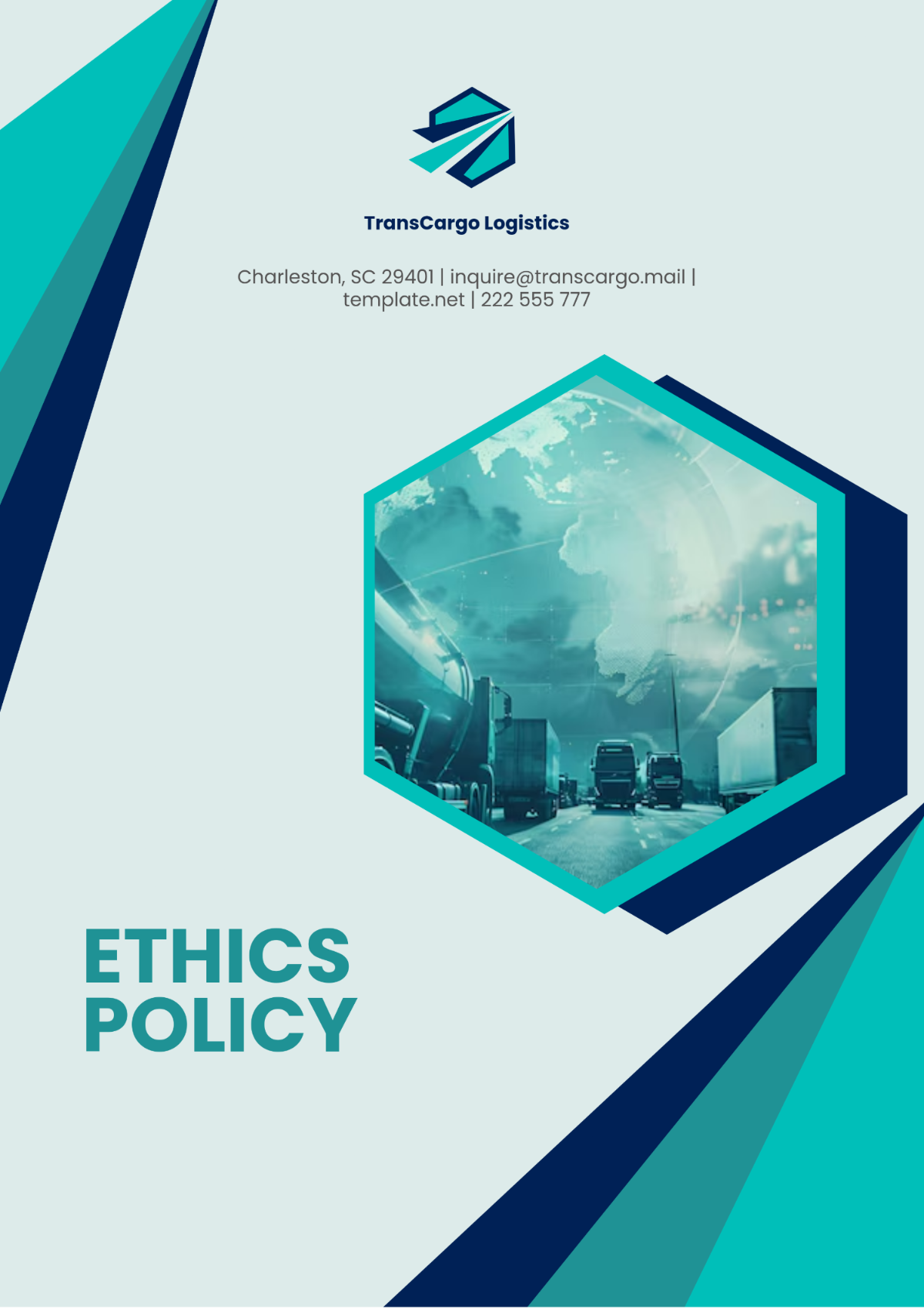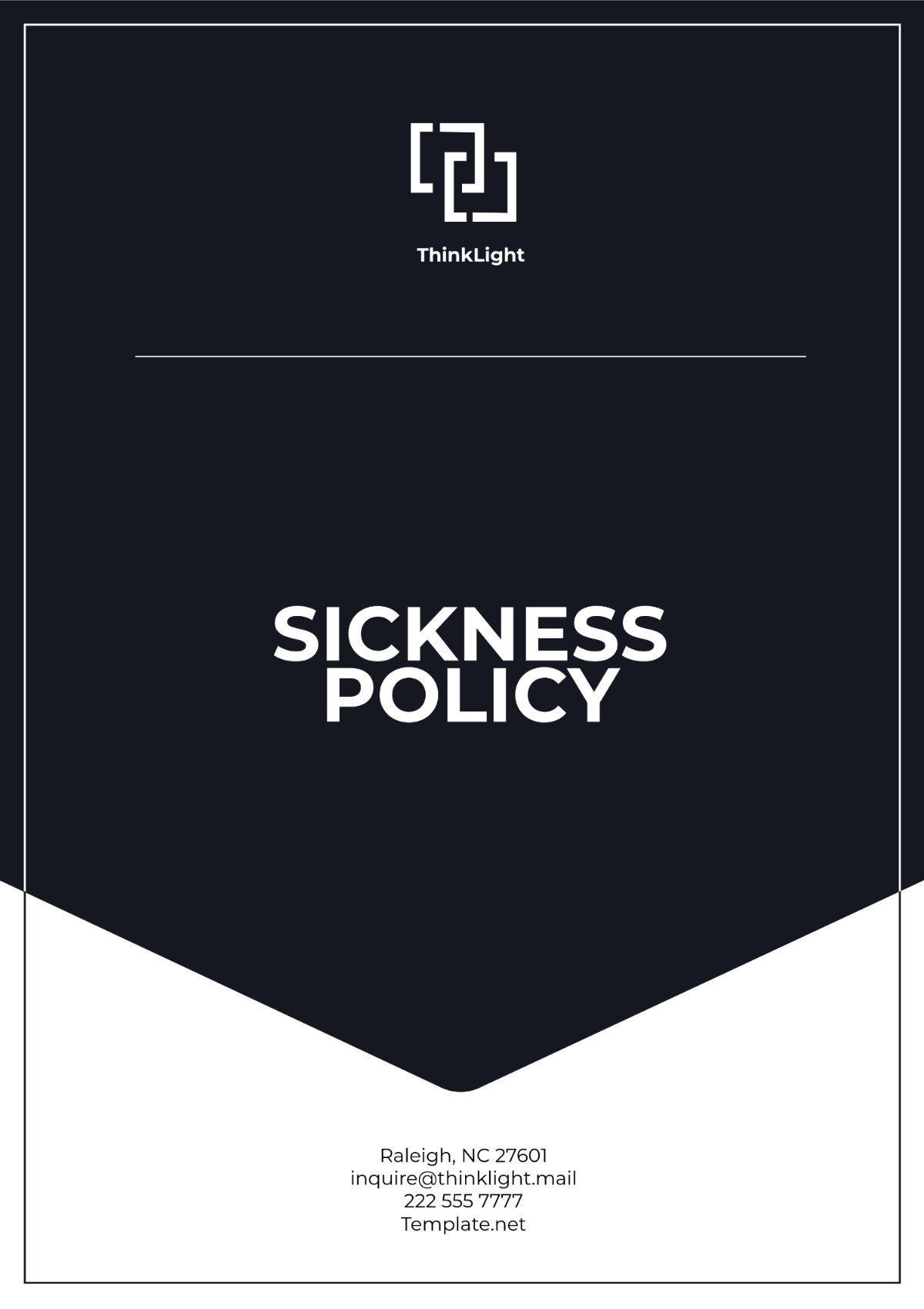Free Policy Recommendation Research Report
Enhance your study with the Policy Recommendation Research Report Template offered by Template.net. This customizable, downloadable, and printable template ensures a professional presentation of your policy recommendations. Editable in our AI Editor Tool, it provides a clear framework for organizing and structuring your research findings. Optimize your research process with this essential, easy-to-use template.






























